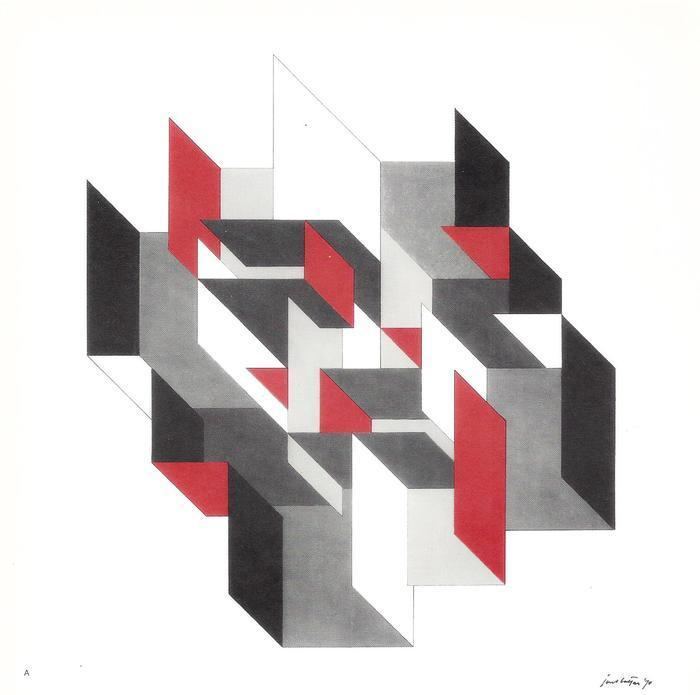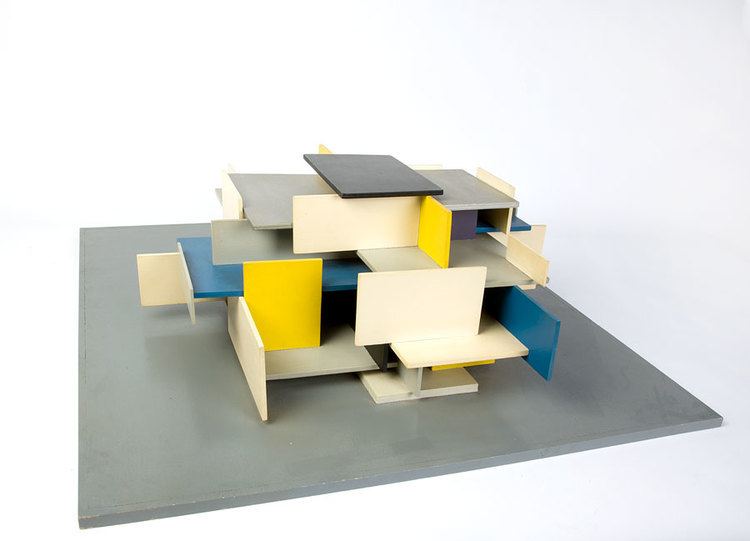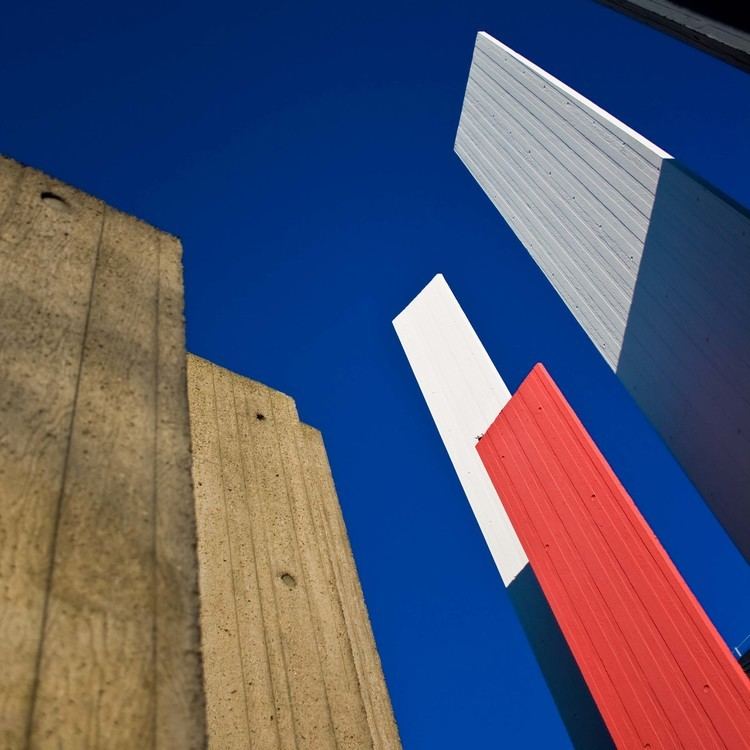Nationality Dutch Role Writer Name Joost Baljeu | Known for Steel structures Occupation Artist Books Theo Van Doesburg | |
 | ||
Born 2 November 1925 ( 1925-11-02 ) Middelburg, Netherlands Died July 1, 1991, Amsterdam, Netherlands | ||
Joost baljeu 1925 1991 geometrisch abstract relief en constructies joost baljeu
Joost Baljeu (1 November 1925 – 1 July 1991) was a Dutch painter, sculptor and writer. He is known for his large outdoor painted steel structures.
Contents
- Joost baljeu 1925 1991 geometrisch abstract relief en constructies joost baljeu
- Life
- Exhibitions
- Museums
- Public spaces
- Publications
- References

Life

Joost Baljeu was born in Middelburg on 1 November 1925. During World War II (1939–45) he began painting in an expressionist, realistic and semi-abstract idiom. After Cubism he evolved to constructivism. He made his first reliefs in 1954-55. From 1957 to 1972 he was a professor at the Royal Academy of Art, The Hague in the Hague. The Canadian artist Eli Bornstein began to make three-dimensional "structurist" reliefs during a sabbatical in Italy and the Netherlands in 1957. He met and was influenced by artists such as Jean Gorin, Joost Baljeu, Anthony Hill, Kenneth Martin, Mary Martin, Victor Pasmore and Georges Vantongerloo.

In 1958-59 Baljeu was a guest lecturer at the University of Saskatchewan in Canada. In 1966 he was visiting professor at the Minneapolis School of Art in the US. He died on 1 July 1991 in Amsterdam.
Exhibitions

